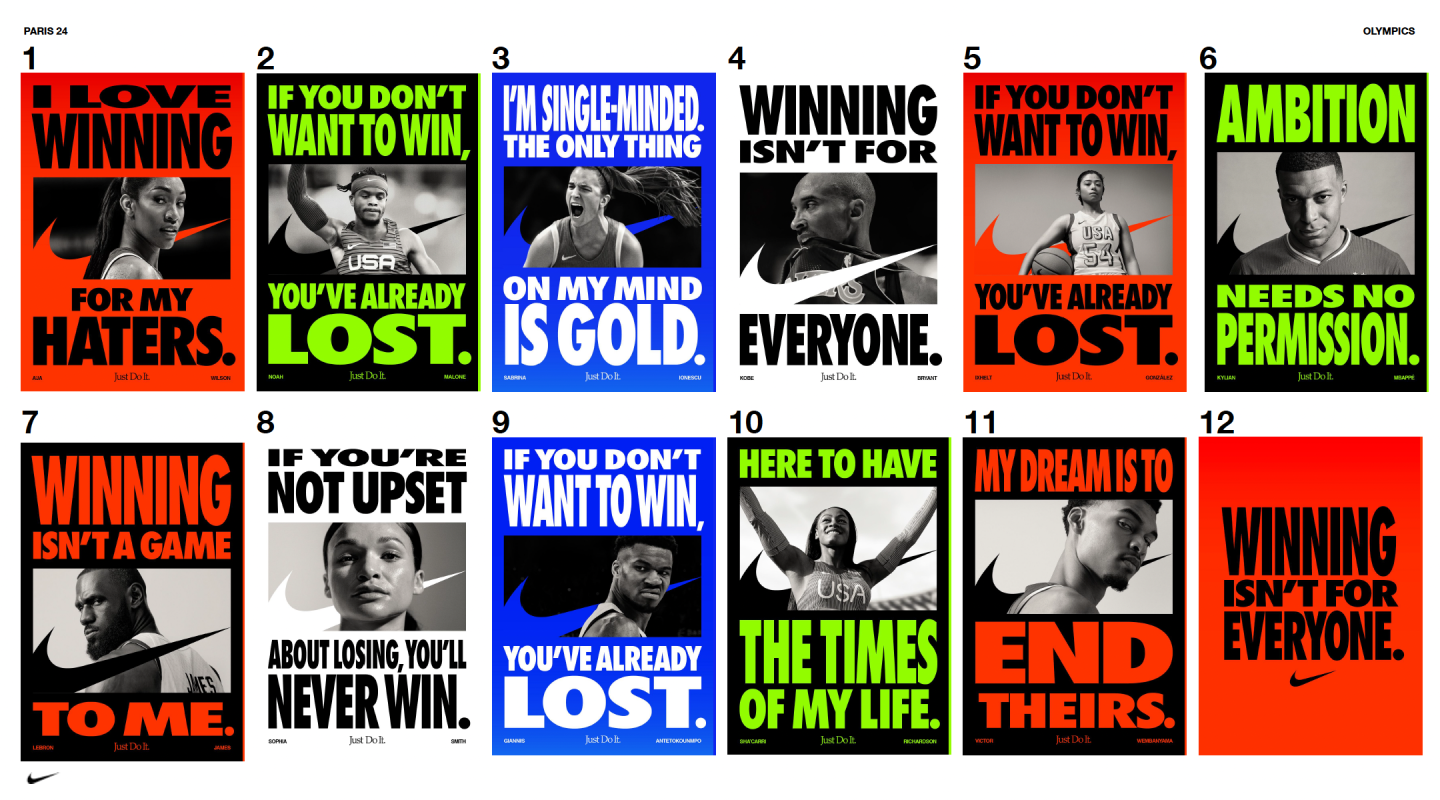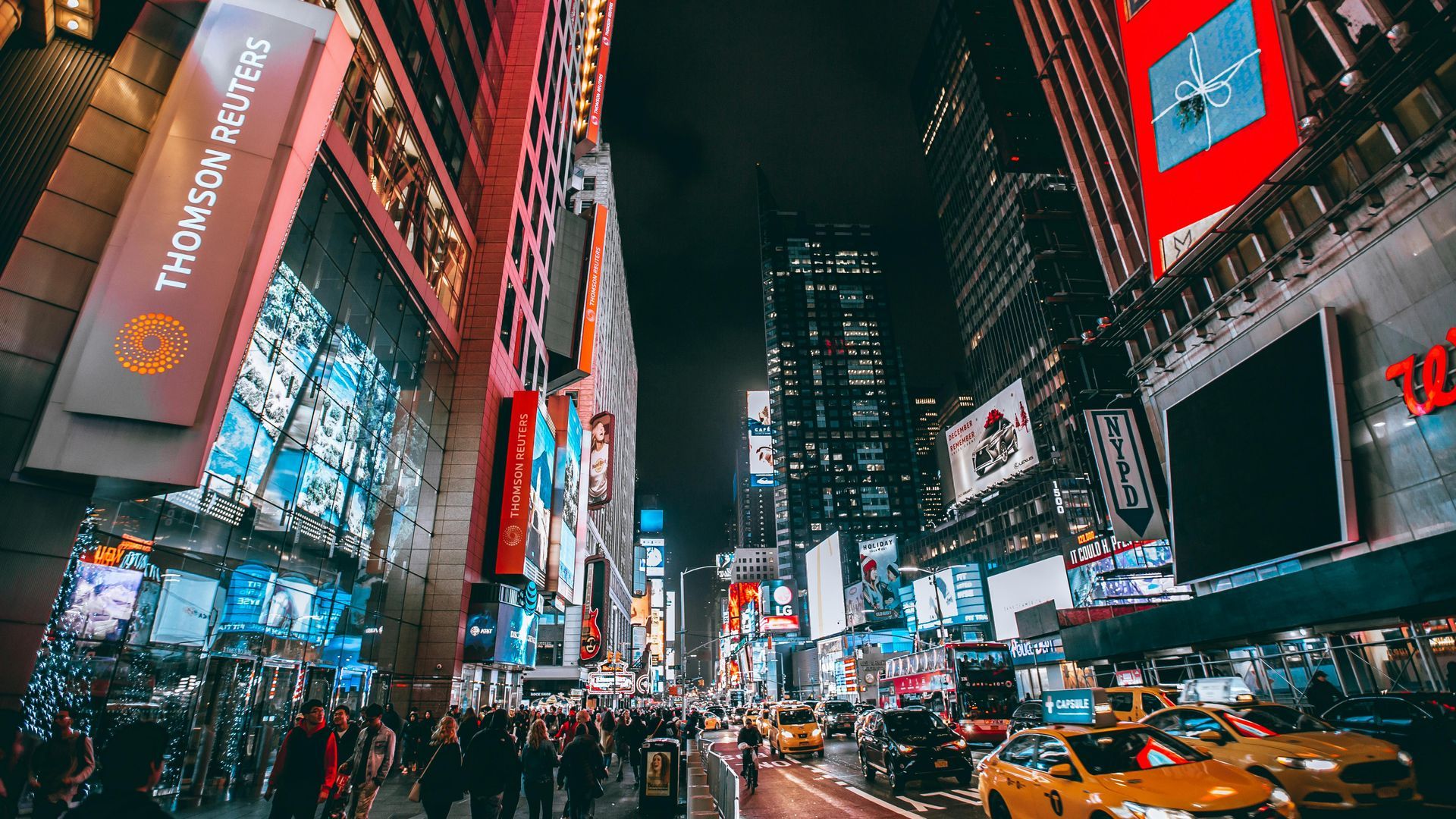The High Cost of Augmented Reality: Why Your Next Digital Leap is Pricier Than Expected
Introduction to Augmented Reality
Augmented Reality (AR) is not just a technology; it's a bridge between digital fantasies and our physical world, transforming how we work, learn, and connect. The magic behind AR lies in its ability to overlay digital information onto our real-world view, creating immersive experiences that were once confined to science fiction. As we glimpse into the future, the promise of AR seems limitless, but it comes with a significant price tag.
Why is Augmented Reality So Expensive?
The cost of bringing augmented reality into our lives is steep, driven by the complexity and innovation required to merge digital content seamlessly with the real world. The expense lies not only in the high-tech components but also in the sophisticated software that powers these experiences. Understanding the breakdown of these costs gives us insight into the high price of AR.
The Technology Behind AR
The foundation of AR is built on advanced optics, display technologies, and software that can process and project complex digital images in real-time. These components are at the cutting edge of technology, requiring significant investment in research and development to bring them to market.
Hardware: The Heart of AR
At the core of any AR system is its hardware, including processors, sensors, and display units. The price of processing power capable of handling AR's demands is high, and the wearables or portable devices that house them are equally expensive to produce.
Software: Crafting the AR Experience
Developing the software that brings AR to life involves intricate programming and the creation of responsive, intuitive user interfaces. Development tools and platforms, along with licensing fees for intellectual property, add to the overall cost.
Content Creation and Management
Beyond the technology itself, designing interactive AR experiences and managing digital assets require creative and technical expertise, further contributing to the expense.

Research and Development
The quest for more immersive, lifelike AR experiences drives ongoing research and development, pushing the boundaries of what's possible and fueling future innovations. This investment is critical but costly.
Market Demand and Consumer Willingness
Understanding market dynamics and consumer willingness to pay for AR experiences is crucial. While demand is growing, the market's readiness to bear the high cost of AR technology is still evolving.
Industry Use Cases
From healthcare to education and retail, AR's potential is vast. Each industry presents unique opportunities for AR to revolutionize business models, workflows, and customer engagement, justifying the investment in this technology.
The Future of Affordable AR
Looking ahead, the path to more affordable AR involves scaling production and investing in emerging technologies that can reduce costs. This future is not just a dream but a necessity for AR to reach its full potential.
Challenges in Reducing Costs
Reducing the cost of AR is fraught with technical and economic challenges. Overcoming these obstacles requires innovation, strategic investments, and a long-term commitment to developing the AR ecosystem.
The Economic Impact of AR
The adoption of AR technology has far-reaching economic implications, from job creation to the birth of new business models and opportunities. Its impact extends beyond individual experiences, shaping entire industries and economies.
Making AR More Accessible
Efforts to make AR more accessible involve not just technological advancements but also initiatives from governments, educational institutions, and communities. These collaborative efforts are essential to unlocking AR's potential for everyone.
FAQs
Why is AR not more widely used if it's so beneficial?
How long until AR becomes affordable for the average consumer?
What are the hidden costs of AR?
Can AR devices replace smartphones in the future?
How does AR impact privacy and security?
What can consumers do to help reduce the cost of AR?
Conclusion
The journey to making augmented reality a common part of our daily lives is filled with challenges and opportunities. As we navigate the path to accessible AR, we're not just looking at a technology transition but a transformation in how we interact with the world around us. The vision for the future is clear: a world where augmented reality enhances every aspect of our lives, making the magic of AR an everyday reality for all.
TALK TO A PRO
We're here to bring your brand to life!
Stay Connected with BrandXR
Create Augmented Reality for Free!
Create, Publish, and Measure 3D Augmented Reality Experiences Without Having to Code.














